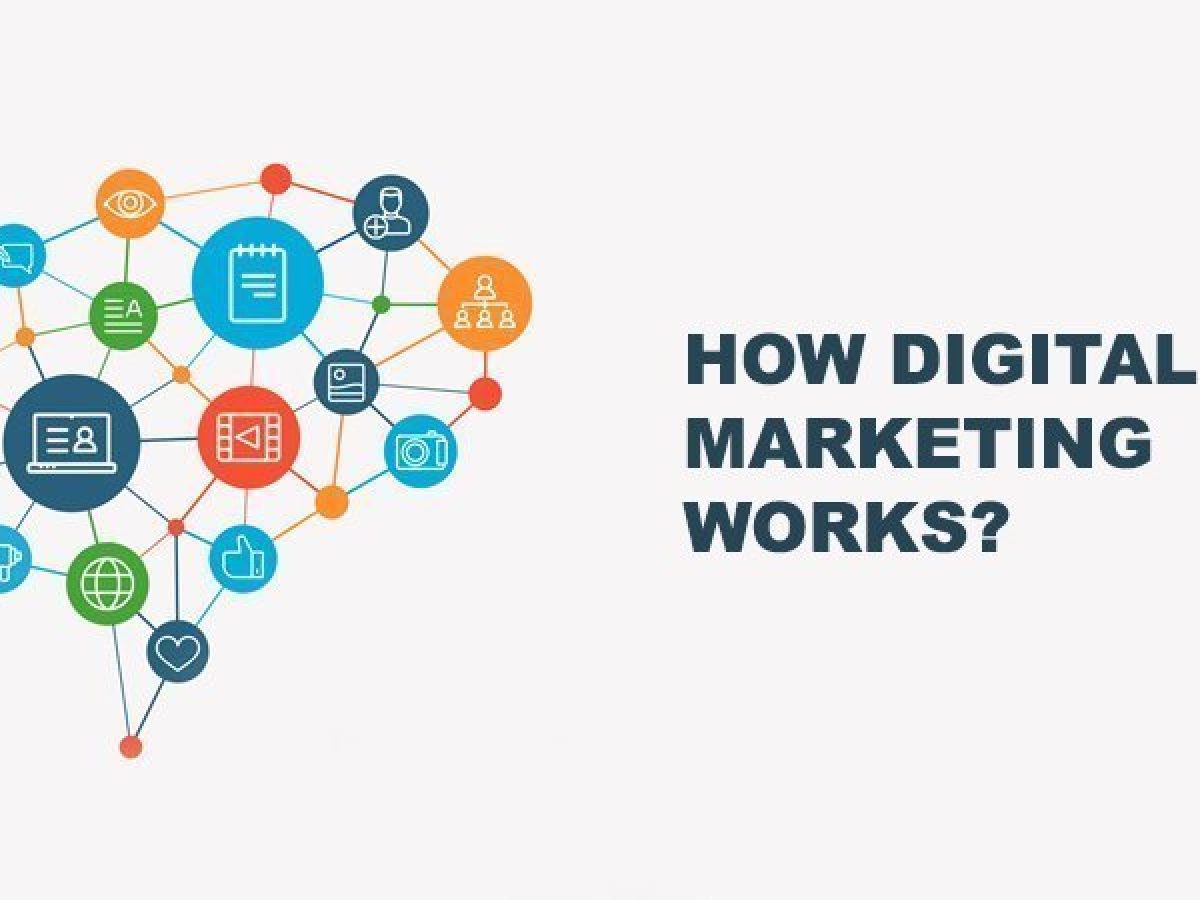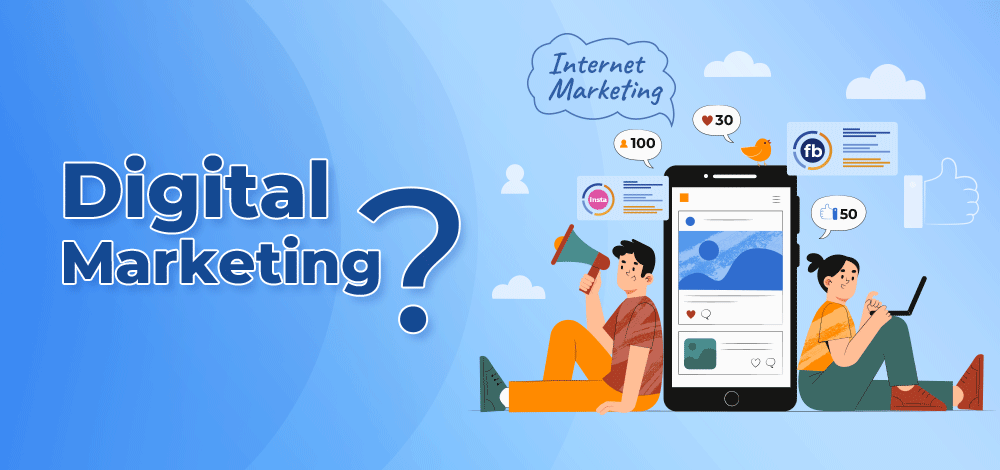Digital marketing is a broad term that encompasses various strategies and tactics used to promote products, services, or brands using digital channels such as websites, search engines, social media, email, and mobile apps. Here’s a breakdown of how digital marketing typically works:
- Setting Objectives: The first step in any digital marketing campaign is to define clear and achievable objectives. These objectives could include increasing brand awareness, generating leads, driving website traffic, or boosting sales.
- Identifying Target Audience: Understanding the target audience is crucial for effective digital marketing. Marketers use demographic data, psychographic information, and other insights to identify the characteristics and preferences of their target audience.
- Choosing Digital Channels: Based on the target audience and campaign objectives, marketers select the most appropriate digital channels to reach their audience. These channels may include:
- Search Engine Optimization (SEO): Optimizing website content to improve search engine rankings and visibility.
- Search Engine Marketing (SEM): Running paid advertisements on search engines like Google to drive traffic to websites.
- Social Media Marketing: Promoting products or services on social media platforms like Facebook, Instagram, Twitter, and LinkedIn.
- Content Marketing: Creating and distributing valuable content (blogs, videos, infographics, etc.) to attract and engage the audience.
- Email Marketing: Sending personalized emails to prospects and customers to nurture relationships and encourage conversions.
- Display Advertising: Placing banner ads on websites, apps, or social media platforms to reach the target audience.
- Influencer Marketing: Partnering with influencers to promote products or services to their followers.
- Creating Compelling Content: Content is at the heart of digital marketing. Marketers develop high-quality, engaging content tailored to each digital channel and audience segment. This content can include blog posts, articles, videos, images, infographics, and more.
- Implementing Strategies: Once the content is ready, marketers implement various strategies to distribute and promote it across chosen digital channels. This may involve keyword optimization for SEO, bid management for SEM, scheduling posts for social media, designing email campaigns, etc.
- Monitoring and Analytics: Digital marketing provides extensive data and analytics tools to monitor the performance of campaigns in real-time. Marketers track metrics such as website traffic, conversion rates, click-through rates, engagement, and ROI to measure the effectiveness of their efforts.
- Optimization: Based on the insights gathered from analytics, marketers continuously optimize their digital marketing strategies. This could involve tweaking ad copy, adjusting targeting parameters, refining content, or reallocating budget to channels that deliver the best results.
- Testing and Experimentation: Digital marketing is iterative, and successful marketers are always testing new ideas and experimenting with different approaches to improve performance and stay ahead of the competition.
Also Read: Content Marketing



One thought on “How digital marketing marketing works”